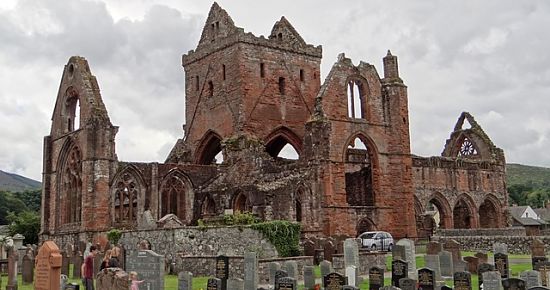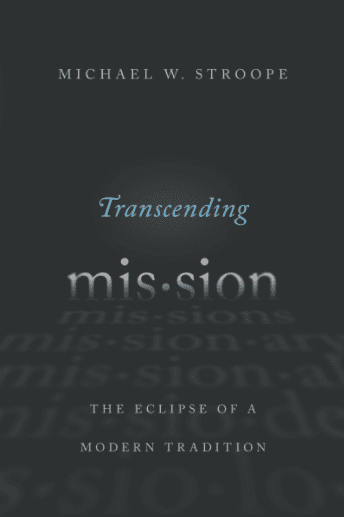What is the church? Really, we need to think about it. What is the church? What makes a church? Is a Bible study at Starbuck’s “church”?
 If you read into this topic you will encounter the great Roman Catholic theologian Avery Dulles quickly, and Dulles proposed a five-fold set of models for what the church is, which sometimes means as much what the church does. Dulles said those models are:
If you read into this topic you will encounter the great Roman Catholic theologian Avery Dulles quickly, and Dulles proposed a five-fold set of models for what the church is, which sometimes means as much what the church does. Dulles said those models are:
the church as institution,
the church as mystical communion,
the church as sacrament,
the church as herald,
and the church as servant.
Dulles made that proposal years back, scholars have returned to it to tweak his proposal, and the most recent such book is an excellent textbook by Matt Jenson and David Wilhite: Church: A Guide for the Perplexed (Guides For The Perplexed).
For each model Jenson and Wilhite know there are all sorts of issues with terms (what does “institutional” or “sacrament” means and who defines the term?) examine a specific theologian, a modern proponent, and they know the models are not necessarily mutually exclusive. Yet, these models help us think about the church. They examine, then, Vatican I (and he ties in Zizoulas), Dulles and Boff and Vatican II, Ratzinger/Benedict XVI, John Webster and Lesslie Newbigin.
What then is the church?Each model is discussed with careful nuance, and the book needs to be read by seminarians and theologians, but where Jenson and Wilhite land makes for a sound basis for further thinking. They make five points:
1. The church is a mystical communion.
2. Institutional elements are here to stay.
3. The church must be externally focused – mission, preaching, etc.
4. The church must be visibly manifested: institutional elements, sacramental practices, evangelical proclamation or missional deeds.
5. The church is ineradicably local.
They finally appeal to Hütter: the church invisible becomes the church visible through its practices.











